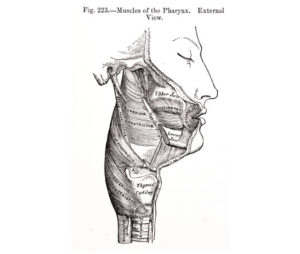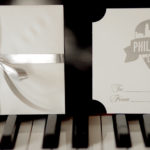Voice Teachers Discuss Vocal Performance & Recording
Using the Microphone, Playback, and Recording Process to Critique your Voice and Improve Vocals
“Just sing it like you did outside of the booth” is what I continuously heard from my producer and sound engineer the first time I stepped into a recording booth. “Okay, I’ll try”, replying out of frustration.
Nothing.
I still was not producing the same vocal ability and performance that I could when I was singing to a group of people in an acoustic room with no amplification. It became more than exasperating. So I took a break. In fact, I took many breaks the first few months that I recorded in the ‘booth’, as we vocalists call it, because I just wasn’t hearing the voice that I knew so well in my head. The microphone had this ability to make me perform in an entirely different way, with an entirely different focus, and it happened on stage too. The difference between performing acoustically versus in a recording booth or through a live feed microphone can take any singer, trained or beginner, and bring them back to square one. I thought I had this whole singing thing “down-pat” until I began to realize that in singing (and most definitely in all music), you never really have it that way at all.
In learning to sing with technique, any trained teacher will teach the student about posture, breathing exercises, intonation, diction and all of the tools for learning how to perform. However, there is so much to learn about the voice, and not all of it comes with a teacher. Each of us have a different timbre, a unique tonal quality particular to ourselves. For most vocalists, pair this with a passion for music and singing, and it becomes soulful. There is absolutely a benefit to learning technique through training with a voice teacher, but sometimes we must learn from experience in order to grow. In this case, while recording in a booth may be frustrating at first, there are many benefits to learning to sing through amplification.
While not getting too technical explaining the art of singing through a microphone, there actually is a beauty and a science to it. As a vocalist, we begin to hear ourselves sing through our own head. Have you ever listened to yourself on a recording machine and thought to yourself, WOW! that doesn’t sound like me at all! It not only is interesting to learn how to “work the mic” but also, how to listen to yourself. You can learn a lot by listening to your recordings over and over, learning what sounds good and what doesn’t.
Play around with the levels of the instrumentation and your own vocals in the headphones. You can make the instrument levels higher if you need to be able to hear them better. Also, you can add sound levels to your vocals so you can hear them better as well. Listening to your singing voice may be one of the hardest things to get used to, but it truly is very important when recording. This is where you start to learn how to work with the microphone and really get the most out of a recording. It is nice to hear a rough mix of your vocals so you can learn where to improve, even if it is just in your own home studio! Here, you can start to learn the difference between your acoustic voice and your recording voice.
Also, it is always about the performance! You may be the best singer in the world but if you don’t perform with your heart and soul, it will come through on a recording. When listening back to your recording, take notice of places where you may be able to improve. Can you show a little more emotion in a certain area? Can you step away from or step closer to the mic to make a portion of the song come to life? This is almost like a dance. It can be difficult in the studio, because you may think you don’t have the energy cultivated in front of a live crowd. But you can access that. Pretend you’re in front of an audience, if that works for you.
Last, but definitely not least, don’t forget to ENJOY yourself! Though at times it may be frustrating, this should be fun. It is a great experience and a talent to pursue, and it is more than worth it when you can play your vocals for friends and family and be proud of what you’ve accomplished.
For a more in-depth look at vocals in the studio, check out “10 Tips for Nailing Your Vocals In The Studio” by Jeannie Deva at http://www.taxi.com/transmitter/1108/10-tips-for-vocal-recording.html.



